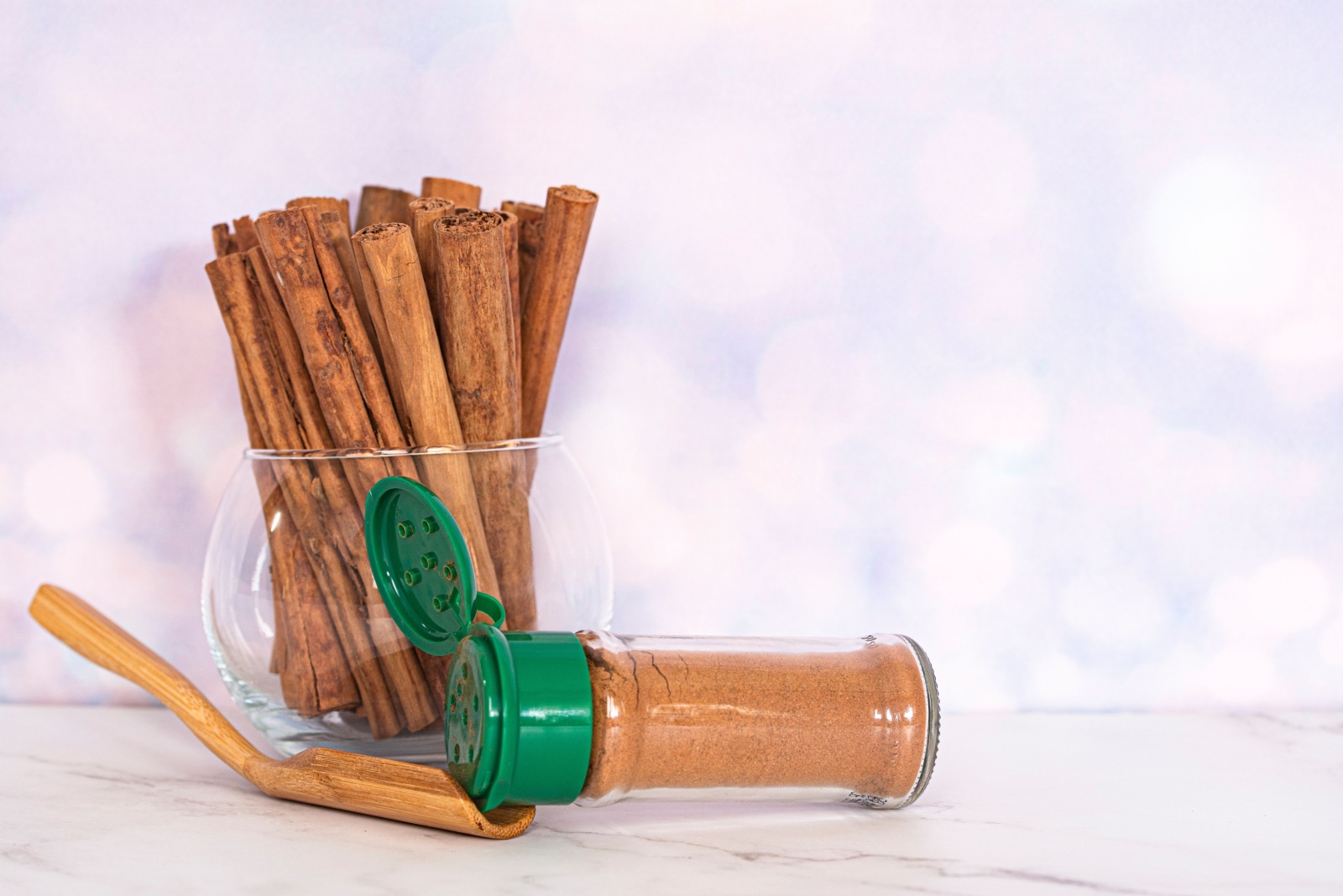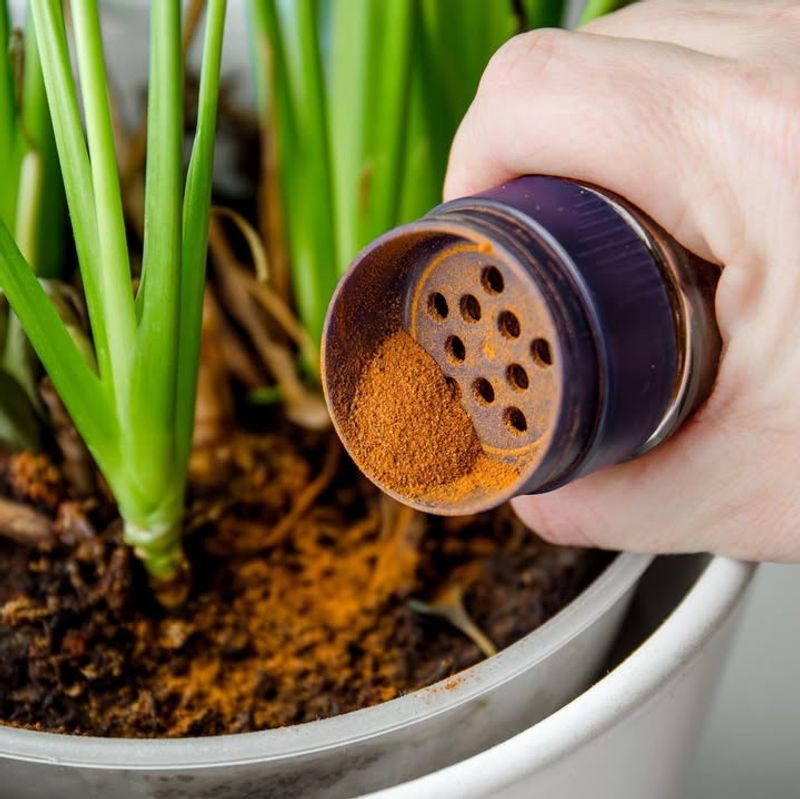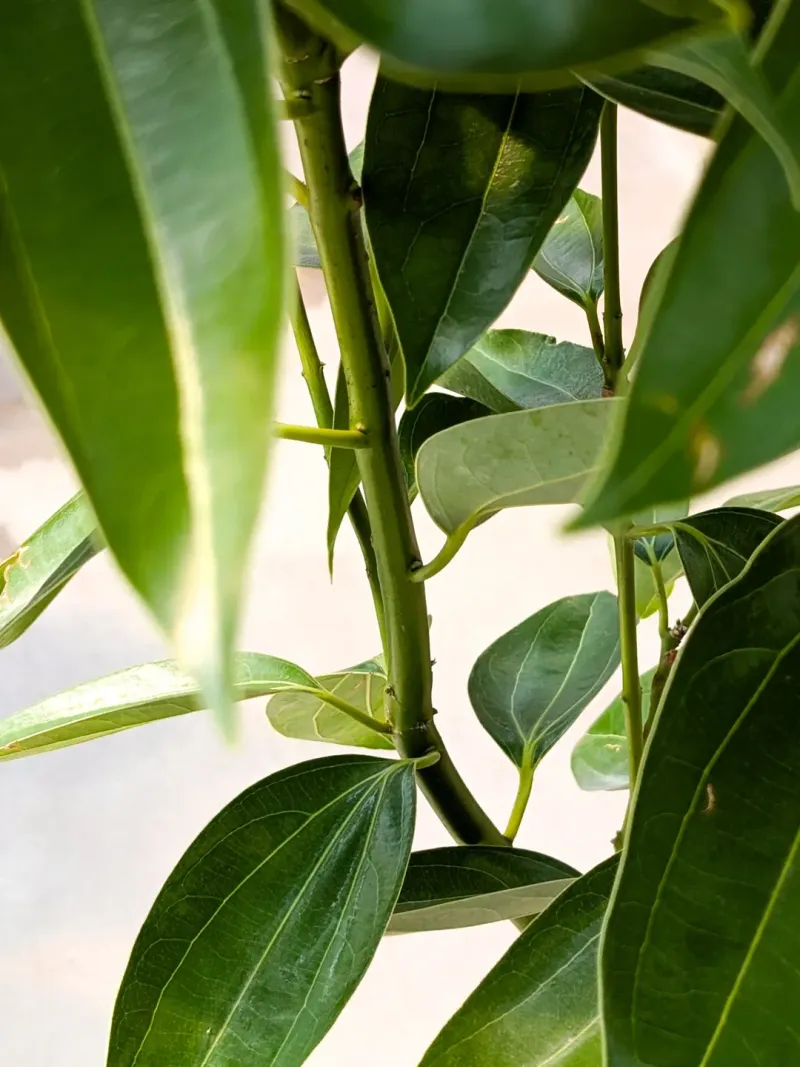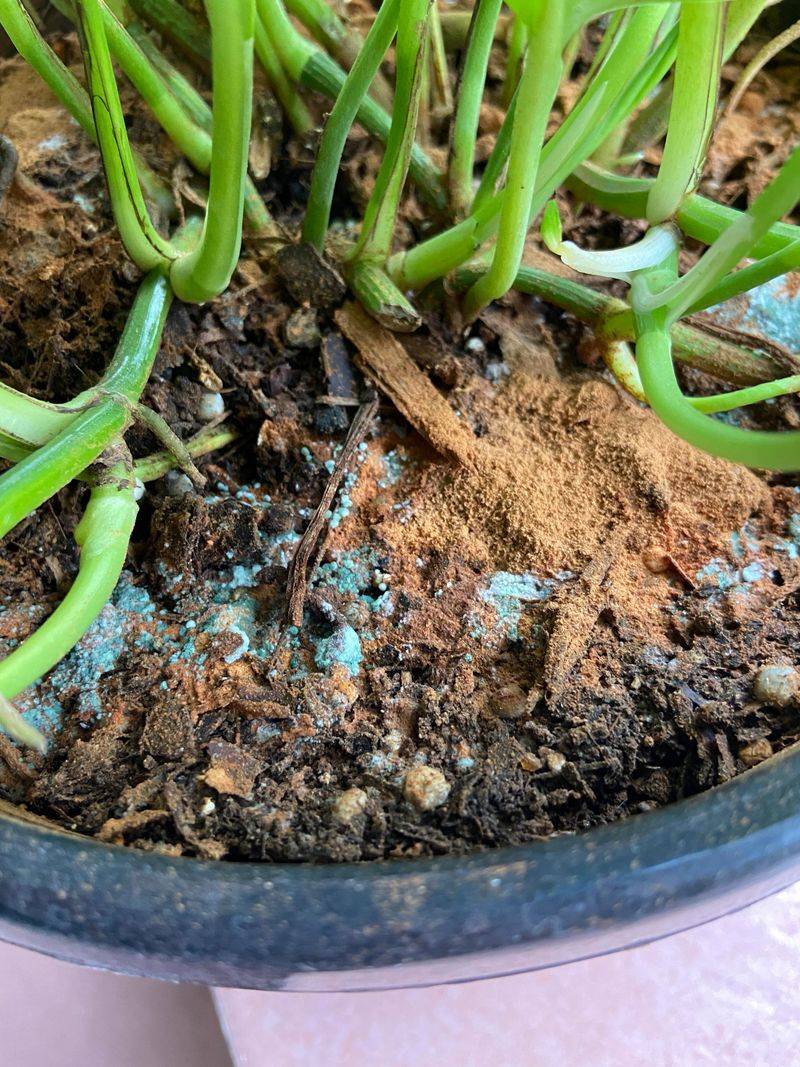Ask an Alabama gardener how they keep their flowers looking fit as a fiddle, and you might be surprised when they point you toward the spice rack. Cinnamon, of all things, has become the go-to fix for everything from stem rot to pesky fungal issues.
It’s cheap, it’s natural, and it works like a charm when the weather takes a muggy turn. Before you know it, you’ll be sprinkling cinnamon around your flower beds like you’re seasoning a cast-iron skillet—because in Alabama, it’s practically tradition.
Step 1: Pick The Right Cinnamon
Ground cinnamon works better than cinnamon sticks for garden use because it spreads more easily across soil and plant surfaces. Look for pure cinnamon without added sugars or artificial ingredients at your local grocery store.
Ceylon cinnamon and cassia cinnamon both work well, though Ceylon has slightly stronger antifungal properties. Buy a container large enough for multiple garden applications throughout the growing season.
Store your cinnamon in a cool, dry place to maintain its effectiveness.
Step 2: Prepare Your Flowers And Soil
Before applying cinnamon, remove any wilted leaves, wilted petals, or damaged stems from around your flowers. These decaying materials can harbor fungus and bacteria that cause plant diseases.
Gently loosen the top layer of soil around your plants using a small garden rake or your fingers. Creating a clean workspace helps the cinnamon reach the areas where fungal spores typically develop.
Water your flowers lightly if the soil is completely dry, but avoid soaking them.
Step 3: Dust The Soil Surface
Sprinkle a light layer of cinnamon directly onto the soil surrounding each flower, creating a protective barrier about two inches from the stem. You don’t need much—a thin dusting is plenty to prevent fungal growth.
Focus especially on areas where water tends to pool or where you’ve noticed disease problems before. Cinnamon’s natural antifungal compounds work by disrupting the cell walls of harmful fungi.
Reapply after Alabama heavy rainfall washes the cinnamon away.
Step 4: Treat Cut Stems And Wounds
Whenever you prune flowers or accidentally break a stem, dip the cut end directly into cinnamon powder. This creates an instant seal that prevents bacteria and fungi from entering the open wound.
Fresh cuts are vulnerable entry points where infections often start, leading to rot and plant withering. Cinnamon acts like a natural bandage with antiseptic properties.
Carry a small container of cinnamon in your gardening toolkit for immediate treatment during pruning sessions.
Step 5: Make A Cinnamon Spray Solution
Mix two tablespoons of ground cinnamon with one quart of warm water in a spray bottle, shaking vigorously until combined. Let the mixture sit overnight so the cinnamon oils infuse into the water.
Strain the liquid through a coffee filter to remove particles that might clog your sprayer. Spray this solution directly onto flower leaves and stems every two weeks.
The liquid form reaches areas that powder can’t, providing complete protection against powdery mildew and other fungal diseases.
Step 6: Monitor And Reapply Regularly
Check your flowers weekly for signs of disease like brown spots, white powdery coating, or wilting despite adequate water. Catching problems early makes cinnamon treatment more effective.
Reapply cinnamon powder every three weeks during Alabama’s humid growing season when fungal diseases spread rapidly. After storms or extended wet periods, add an extra application since moisture encourages fungal growth.
Keep notes about which flowers respond best to help refine your routine.







